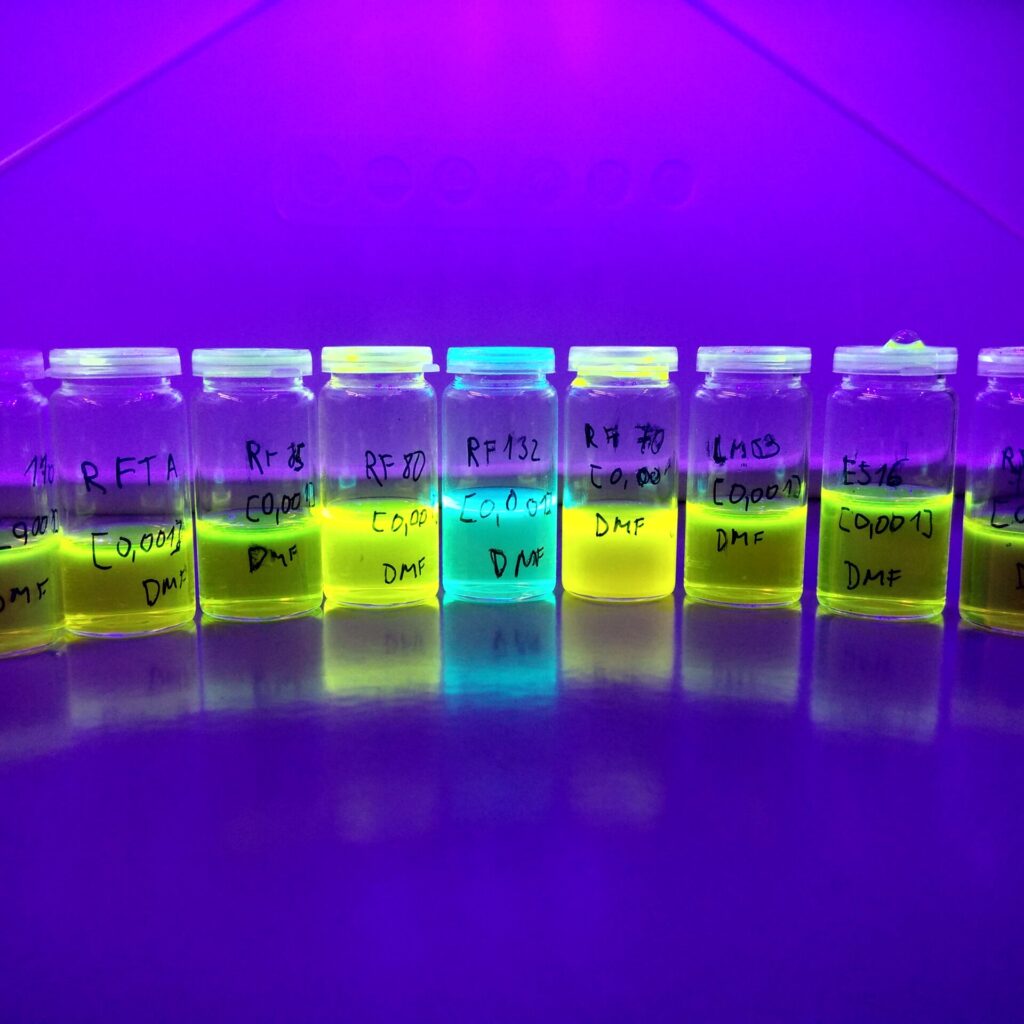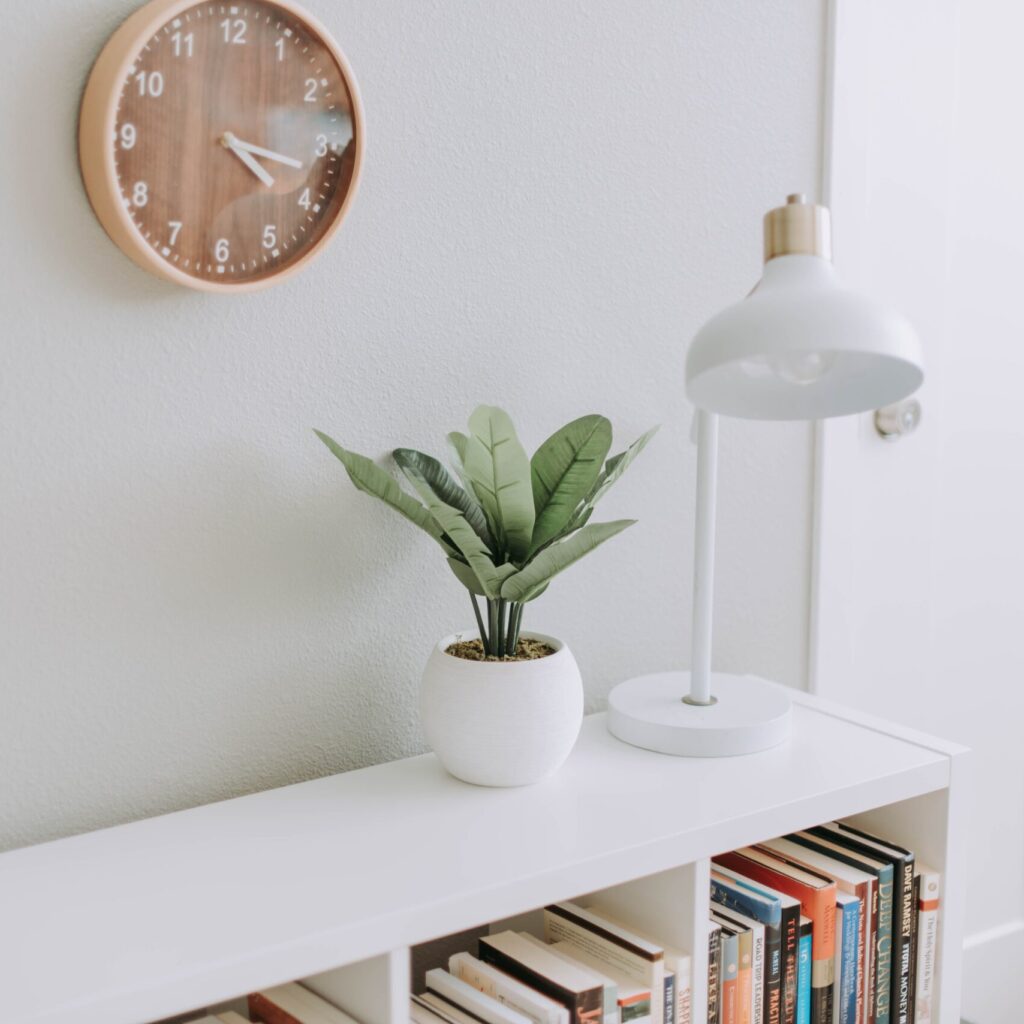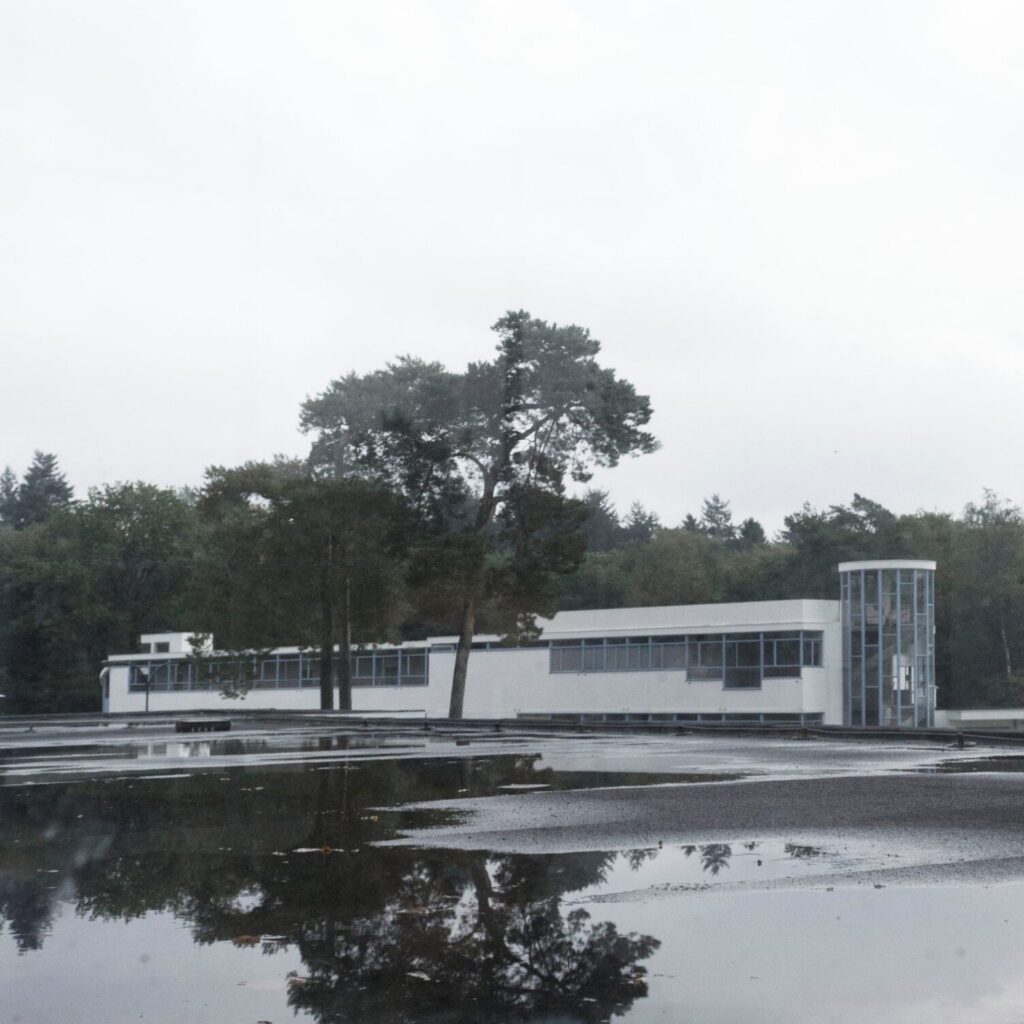Daylight in times of Coronavirus
Why such a section? Well, we think that spreading knowledge about the health benefits of daylight can positively impact public health and is perhaps particularly crucial now that we are facing a viral threat which forces us to spend even more time indoors. This section is not intended to contradict official recommendations, call into question the logical containment measures adopted in many countries, or provide miracle solutions. It aims to open a space for reflection and exchange where daylight experts can share their vision on the varied roles daylight could play to help us remain healthy and functional during this challenging period. For more information about the section and the topics to be explored, read the post Why a ‘Corona-Blog’?.
Interested in contributing to this section? Please contact us at office@daylight.academy.

11 June 2020
Let there be light – to disinfect
Methods of disinfection and hygiene have received a lot of attention over the last months as we all became more aware how important they are to keep us healthy and protect against disease spreading. When talking about antiviral or antibacterial disinfection the first treatments that come to mind are soap, aqueous solutions of alcohols and aqueous solutions containing strongly oxidizing compounds, like peroxides, hypochlorites or chlorine. All of them are effective by different modes of operation...
2 June 2020
Light on COVID-19
COVID-19 is a disease caused by the coronavirus SARS-CoV-2. It was first observed in humans in Wuhan, China, in December 2019 (hence the name). Remarkably, in November and December 2019, before the outbreak, a chiropractor in Orange County, California, posted on Facebook and in a private blog the claim that “heliotherapy” could be effective against a number of conditions, including infectious diseases. Heliotherapy is the attempted use of sun and daylight to cure infectious diseases ...
20 May 2020
Towards disease-averting built environments
Introduction The COVID-19 pandemic continues to ravage societies with deep, often tragic, psychological, social and economic consequences. Across the world, extensive precautionary social distancing measures have repurposed how many buildings are, or will be, used as well as how many cities now operate. These changes have been rapid, diverse, sometimes extreme but often trivial, surprising and unexpected. Immediate vicissitudes range from working and educating from home, the reduced occupancy of...
14 May 2020
Daylight in traditional societies: lessons for today’s health crisis
We are excited to embark on a long-term study of the importance that daylight holds for indigenous cultures in the Pacific Island nations of Vanuatu and Fiji. We will also seek a greater understanding of the impact of daylight on the quality and cadence of life for these islanders. Our initial impressions suggest there are several lessons that our society could learn from our neighbors in the Pacific while we face the COVID-19 crisis. One is the importance of shifting back to natural rhythms as ...
6 May 2020
Light, clock and Covid19
Since more than one month most of us sit at home in the ‘home-office’ due to the Corona pandemic. To work from home sounded like a dream a few years ago and today it is reality with all its advantages and disadvantages. Obviously, staying at home reduces the spread of the virus, but after a few days we become aware of the many restrictions that come along with this. Little contact to people outside the family, less spontaneous decisions to visit a museum or a concert and less sports outside ...
29 April 2020
The Pre-antibiotic Age – forgotten knowledge coming back in to light…
British pioneering scientists Downes and Blunt demonstrated how sunlight could kill and inhibit the development of the – at this time in 1877 – newly discovered bacteria. By placing bacteria in different environments, respectively in direct sunlight, indirect sunlight and darkness. Downes and Blunt observed, through new and improved microscopes, how the bacteria only thrived, deprived of the direct and energetic, ultraviolet light. Like in today´s clinical trials, they worked with ...
29 April 2020
Coronavirus and Vitamin D: in the Sun and Air during the 1918 Influenza Pandemic
During the 1918 influenza pandemic, some nurses fell ill, while others did not. Was it Vitamin D? It is clear from recent reports that doctors and nurses in hospitals are at high risk of contracting Covid-19. A century ago, during the 1918 pandemic, medical staff were just as vulnerable to influenza. One of the biggest problems back then was a shortage of nurses. As they fell ill, patient care deteriorated, and hospitals began turning patients away. However, it was a different story at an ...
29 April 2020